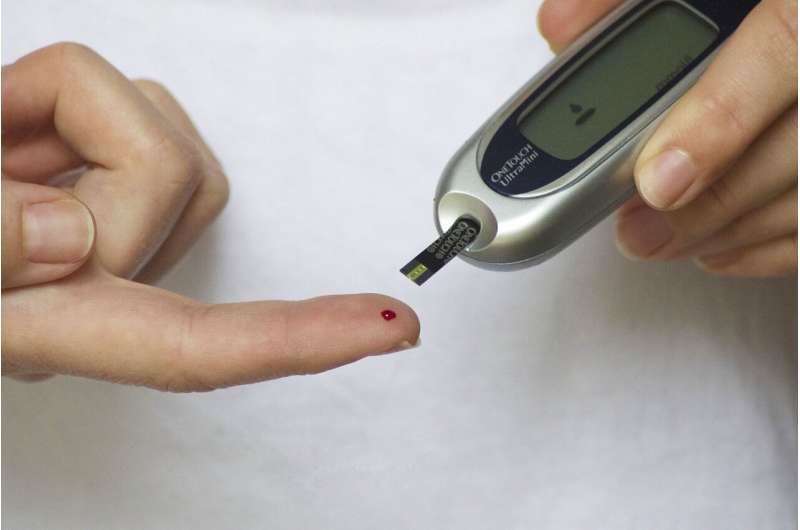CDC Reports Nearly One-Third of U.S. Youth Have Prediabetes Amid Data Transparency Concerns

Recent CDC data reveals nearly one-third of U.S. adolescents have prediabetes, raising public health concerns amid questions about data transparency and methodology.
A recent federal study indicates a significant rise in prediabetes among American adolescents, prompting concerns about youth health and raising questions about the transparency of the data from the Centers for Disease Control and Prevention (CDC). According to 2023 data, nearly 33% of U.S. teens aged 12 to 17 are affected by prediabetes, roughly doubling the earlier estimate of 1 in 5 children. Prediabetes is a condition characterized by elevated blood sugar levels that increase the risk for developing Type 2 diabetes, heart disease, stroke, and other metabolic disorders.
The CDC's new analysis is based on the National Health and Nutrition Examination Survey and applies updated science and methodology. This has resulted in an estimated 8.4 million adolescents affected—up from previous assessments. However, experts express skepticism due to the limited information released, as the CDC provided only a brief online summary without sharing raw data or detailed methodological explanations. This lack of transparency raises concerns about the accuracy of these figures in the context of recent staff reductions within the agency.
Critics, including researchers from Stanford University and the University of Washington, highlight that the increase from previous estimates is not statistically significant, emphasizing the need for peer-reviewed publication. Dr. Steven Kahn and other specialists point out that without access to raw data, it is challenging to interpret or validate these findings properly.
Despite these concerns, the new data align with observed trends of increasing obesity and high blood sugar levels among youth, which are known risk factors for future diabetes. The American Diabetes Association recommends screening children starting at age 10, especially those with risk factors like obesity, while advocating for lifestyle interventions focusing on healthy diet and physical activity to mitigate these risks.
Ultimately, the rise in prediabetes prevalence underscores an urgent need for action in preventive health measures for youth. Still, the scientific community calls for greater transparency and rigor in future research to ensure accurate assessment and effective intervention.
Source: https://medicalxpress.com/news/2025-07-cdc-youth-prediabetes-experts-scant.html
Stay Updated with Mia's Feed
Get the latest health & wellness insights delivered straight to your inbox.
Related Articles
Hypertension: The Leading Chronic Condition in Individuals Aged 85 and Older
Hypertension is the most common chronic condition among adults aged 85 and older, affecting over two-thirds of this age group and posing significant health risks. Learn more about its prevalence and impact in the elderly.
Exploring the Long-Term Journey of Older Breast Cancer Survivors
Understanding the unique long-term challenges faced by older breast cancer survivors is crucial for developing personalized care strategies that improve quality of life after treatment.
Link Between Parental Diabetes and Risk of Type 1 Diabetes in Children
New research reveals that children of parents with gestational or type 2 diabetes are at higher risk of developing type 1 diabetes. Early identification of these risk factors can improve monitoring and prevention strategies.
Incarceration and Increased Mortality Risks: New Research Findings
New research reveals that incarceration significantly raises the risk of premature death, highlighting critical public health implications for individuals and communities.



